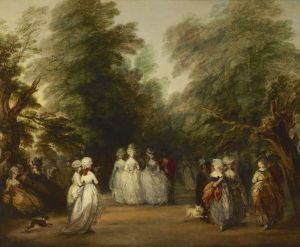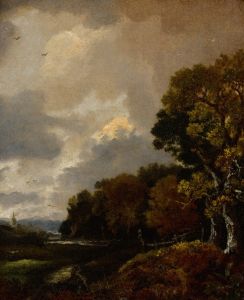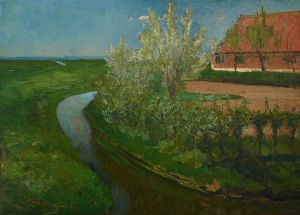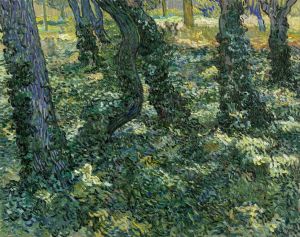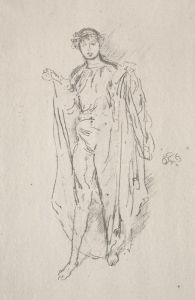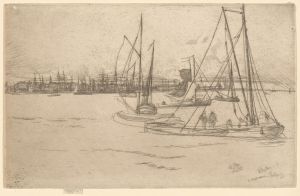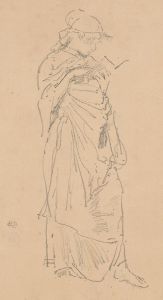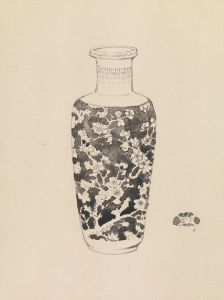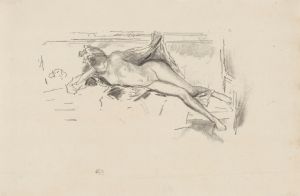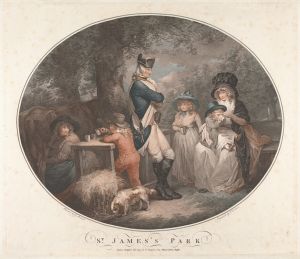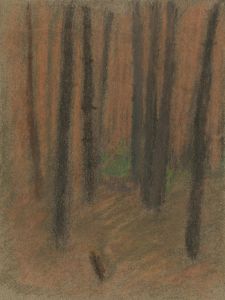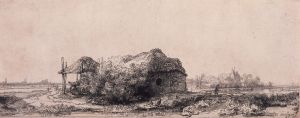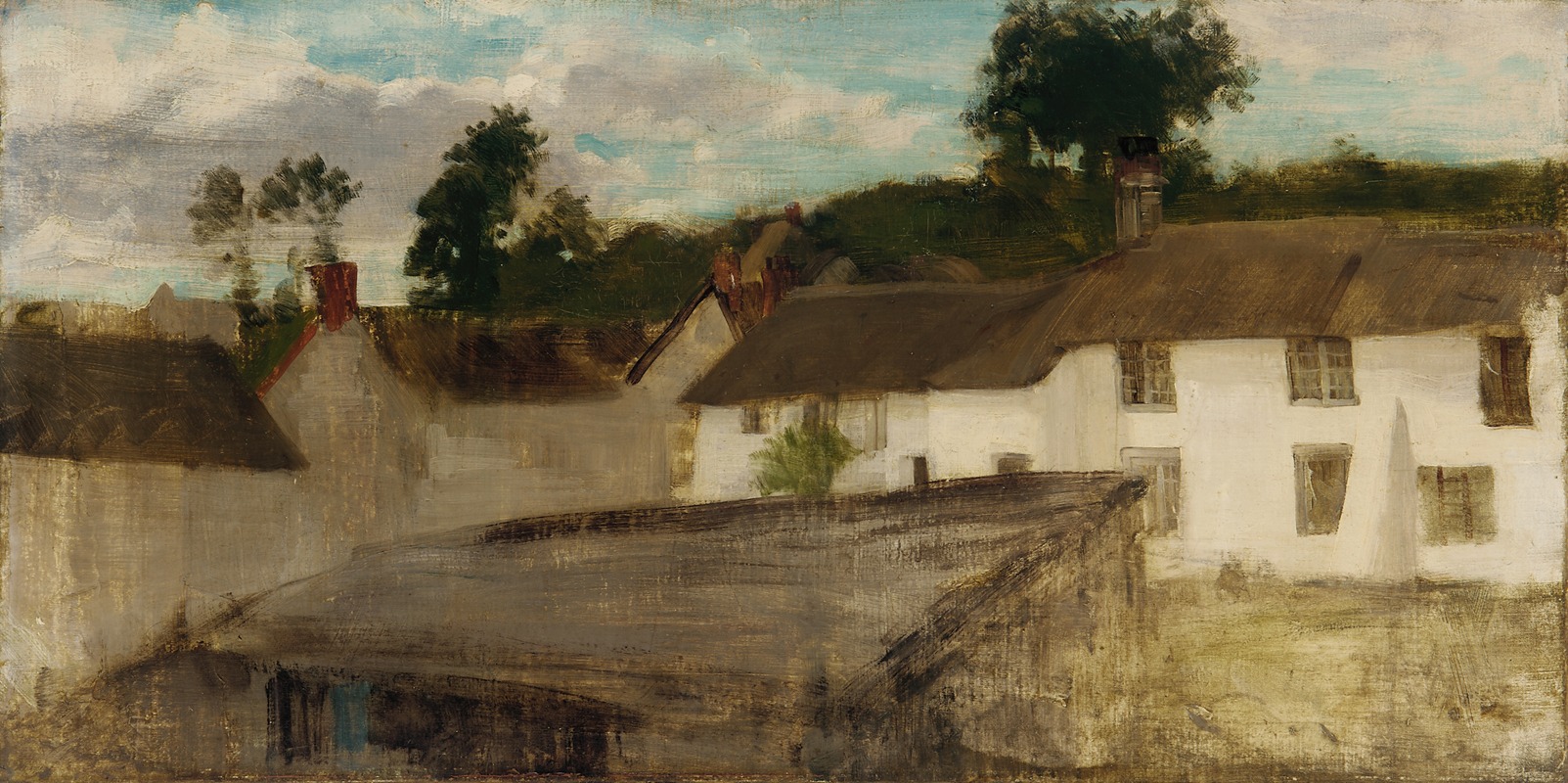
Green and Silver; The Devonshire Cottages
A hand-painted replica of James Abbott McNeill Whistler’s masterpiece Green and Silver; The Devonshire Cottages, meticulously crafted by professional artists to capture the true essence of the original. Each piece is created with museum-quality canvas and rare mineral pigments, carefully painted by experienced artists with delicate brushstrokes and rich, layered colors to perfectly recreate the texture of the original artwork. Unlike machine-printed reproductions, this hand-painted version brings the painting to life, infused with the artist’s emotions and skill in every stroke. Whether for personal collection or home decoration, it instantly elevates the artistic atmosphere of any space.
James Abbott McNeill Whistler, an American artist active during the late 19th century, is renowned for his contributions to the Aesthetic Movement, which emphasized art for art's sake. Among his diverse body of work, "Green and Silver; The Devonshire Cottages" stands out as a notable example of his landscape painting. Whistler's approach to art was heavily influenced by his belief in the harmony of color and form, which is evident in this particular piece.
"Green and Silver; The Devonshire Cottages" was painted during a period when Whistler was exploring the subtle interplay of color and light in natural settings. The painting captures a serene rural scene, likely inspired by the picturesque landscapes of Devonshire, England. Whistler's choice of a limited palette, dominated by greens and silvers, reflects his interest in creating a harmonious composition that evokes a specific mood rather than a detailed representation of the scene.
The cottages depicted in the painting are rendered with a delicate touch, showcasing Whistler's skill in capturing the essence of a place with minimal detail. The use of green and silver tones suggests a tranquil atmosphere, possibly at dawn or dusk, when the light softens the contours of the landscape. This approach aligns with Whistler's broader artistic philosophy, which prioritized mood and atmosphere over precise realism.
Whistler's technique in "Green and Silver; The Devonshire Cottages" demonstrates his mastery of tonal harmony. By carefully balancing the various shades of green and silver, he creates a cohesive and soothing visual experience. This technique is characteristic of Whistler's work during this period, where he often sought to evoke the musicality of a scene through color and composition.
The painting also reflects Whistler's interest in Japanese art, which was a significant influence on his work. The simplicity and elegance of the composition, along with the emphasis on tonal harmony, are reminiscent of Japanese prints, which Whistler admired and collected. This influence is evident in the way he captures the essence of the landscape with an economy of detail, focusing instead on the overall impression.
"Green and Silver; The Devonshire Cottages" is a testament to Whistler's innovative approach to landscape painting. It embodies his belief in the aesthetic value of art, independent of narrative or moral content. The painting invites viewers to appreciate the beauty of the natural world through the lens of Whistler's unique artistic vision.
While specific details about the painting's creation, such as the exact date or location, may not be well-documented, its significance lies in its representation of Whistler's artistic ideals. Today, Whistler's work, including "Green and Silver; The Devonshire Cottages," continues to be celebrated for its contribution to the development of modern art, influencing generations of artists who followed.





